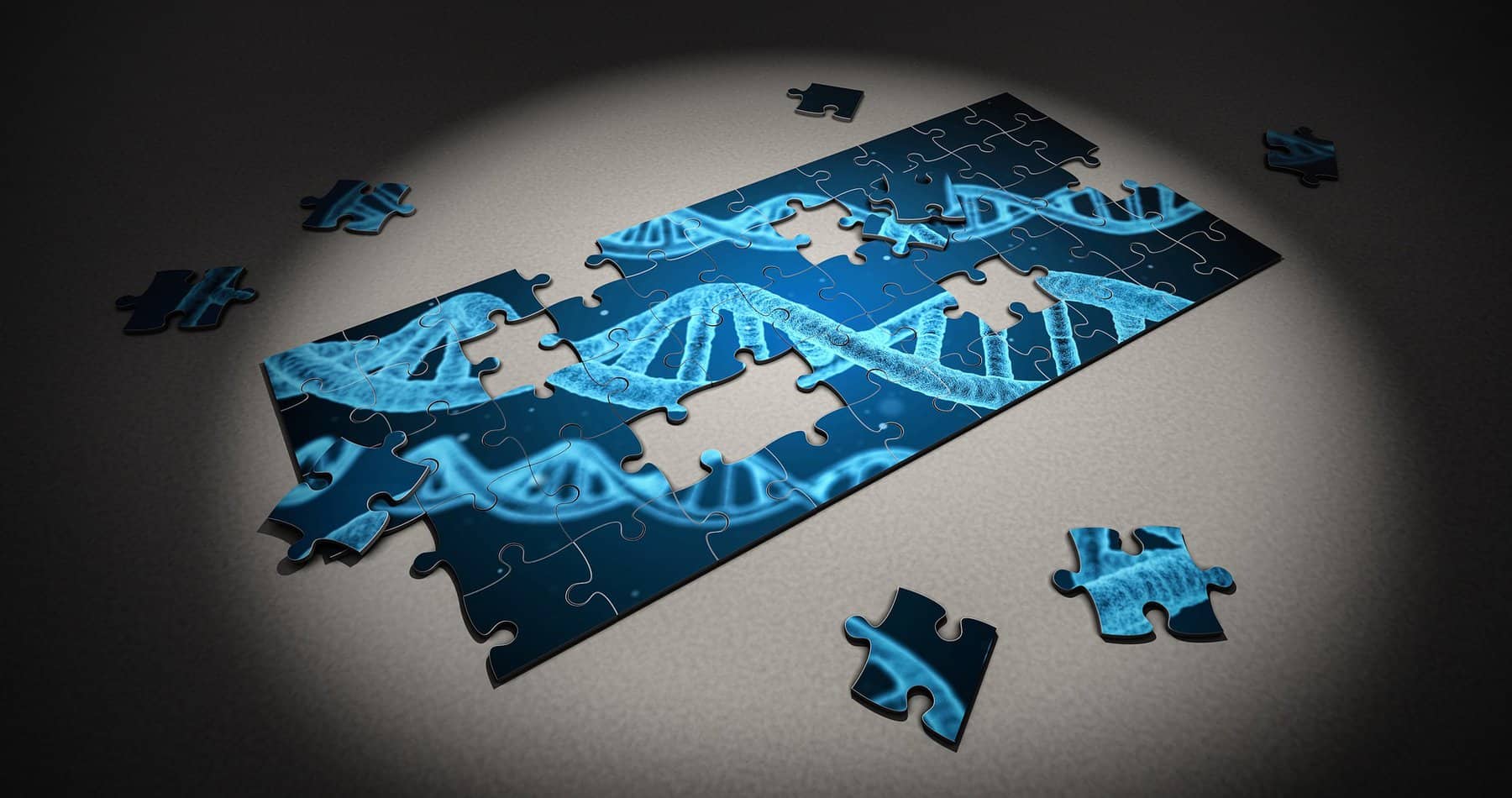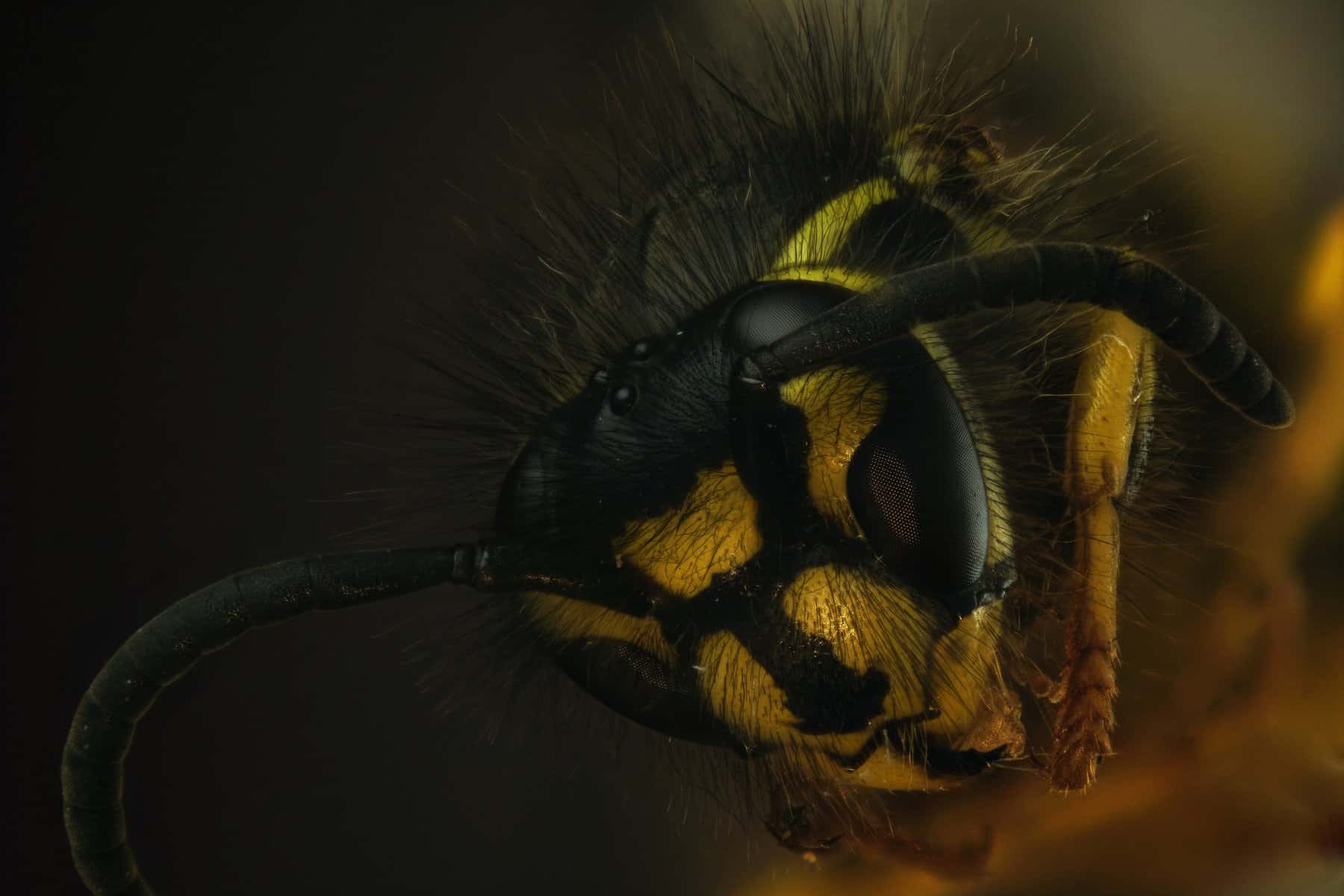The Predator Free 2050 ambition has catapulted research in pest control when it comes to mustelids (stoats, weasels, ferrets), possums and rats. But there’s a slew of other pest species for which new technologies are desperately needed.
The decision of what those new technologies will look like needs wide-ranging public discussion to make sure we are making the right decisions for te taiao and te tangata (the environment and the people). Using invasive social wasps as an example species, Symon Palmer (Ngāi Te Rangi) and his team at Te Herenga Waka, Victoria University of Wellington, reviewed possible large-scale (>1000 hectares) control techniques along with reactions to these controls from Māori interest groups.
Why wasps?
Originally from Eurasia, the German wasp and common wasp are becoming increasingly common throughout Aotearoa, reaching extremely high densities of up to 40 nests per hectare. A thriving nest can contain more than 20,000 wasps, meaning around 800,000 wasps could be living within the space of a rugby field.
That’s a lot of wasps.
They threaten taonga species by preying on native invertebrates and leaving less food available for our birds. Because of this, high densities can have huge knock-on effects for the rest of the ecosystem.
Symon says in te ao Māori (the Māori worldview), ngārara (insects and reptiles) are culturally symbolic, embodying whakapapa that connects to Atua (deities) like Tāne-mahuta (deity of forests and birds).
“Invasive predators are a critical issue to Māori because they threaten taonga species that are fundamental to cultural practices and identity,” he says.
Wasps also threaten human health and are estimated to cost New Zealand about $133 million annually.
Symon says “There is a clear need to develop highly targeted, environmentally safe, and socially and culturally appropriate approaches for the control of wasps. This could then provide a roadmap for other pests.”

The interest groups
S1: Māori university students who had learnt about biotechnologies through their studies.
S2: Māori business owners who might save or earn money from pest wasp control.
S3: Religious or spiritually affiliated Māori.
These groups participated in three different studies which were all incorporated into this review. The majority disagreed with ‘doing nothing’ about pests and were not very comfortable with the use of poisons.
The technology
Symon and his team reviewed the potential use of two genetic technologies – RNAi and CRISPR.
RNAi is the disruption of RNA (a cousin to DNA) by stopping a protein being made. This stops a part of the body being made, for example the exoskeleton of an insect.
“In Aotearoa New Zealand RNAi technologies aren’t considered genetic modification (GM) because they don’t produce a change in the DNA that can be passed down to the next generation,” says Symon.
“Because of this, RNAi may be legislatively and socially easier to implement than a solution using genetic modification. However, while legislation may say this technology is not GM, our participants were not so convinced.”
“I’m looking here at RNAi and gene drive, and would you say they’re quite similar things?”
– S3 participant
For RNAi to be used for wasps Symon’s team concluded that the only feasible method would be to deliver the control through bait (food). This method would need extensive field trials.
The bait would also degrade over time so remote bait stations would need to be refreshed regularly or the bait would need to be preserved somehow. In contrast, the permanence of gene drives (CRISPR) was appreciated by some participants.
“if I’m thinking pest-free then I went to the gene drive end as the most agreeable …”
– S1 participant
Gene drives or CRISPR involve inserting or deleting genetic information that is almost guaranteed to be inherited by the next generation. In pest control, this could involve traits such as lowered fertility or producing only male offspring. These would both result in a physically painless reduction of the population.
Symon says genetically modifying wasps using CRISPR has already been done in labs the USA, but no-one has released gene drives into the wild yet.
“A key benefit of gene drive technology would be that it could be self-perpetuating and therefore have a relatively cheap ongoing cost, acting in a similar fashion to biological control,” he says.
“Genetically modified wasps would be released, and the genes then spread. This technology could readily allow for wasp control at the scale of millions of hectares, covering all of Aotearoa New Zealand. However, depending on the type of gene drive implemented and how it affects populations, it may take some decades to see effects on pest populations.”
There is also a possibility of the genetically modified wasps getting back to their home range and affecting their native populations.

The overall feedback
The research team found that future pest control discussions involving Māori would be well suited to forum styled discussions such as wānanga.
Symon points out that “to actively wānanga is to deliberate, discuss and learn.”
By using this method we can also address the differences in preferences between iwi, hapū and whānau – something commonly brought up by study participants.
“ … the other issue I do see is that if some of the genetic techniques were introduced there’s no way to respect different iwi preferences, like if some iwi or hapū are very much opposed to it.”
– S3 participant
“If it wasn’t for our tikanga and wasn’t for our iwi and our hapū, I mean, we wouldn’t have got that 1080 drop done … so that’s empowering tikanga to look after our ngahere [forests]”
– S2 participant
Overarching themes from participant discussions included concern for off-target effects, the need for more information or clearer communication, and the implications for tikanga Māori.
Symon says “There are calls to acknowledge that Treaty principles and rangatiratanga are valid considerations that will lead to equitable outcomes for Māori and enhance conservation efforts.
“Mātauranga and Western science are active in biosecurity, conservation efforts, ecology, and government agencies. Generational advancements like gene drives must take care to prevent canonisation of knowledge and the disenfranchisement of Indigenous peoples once again.”
